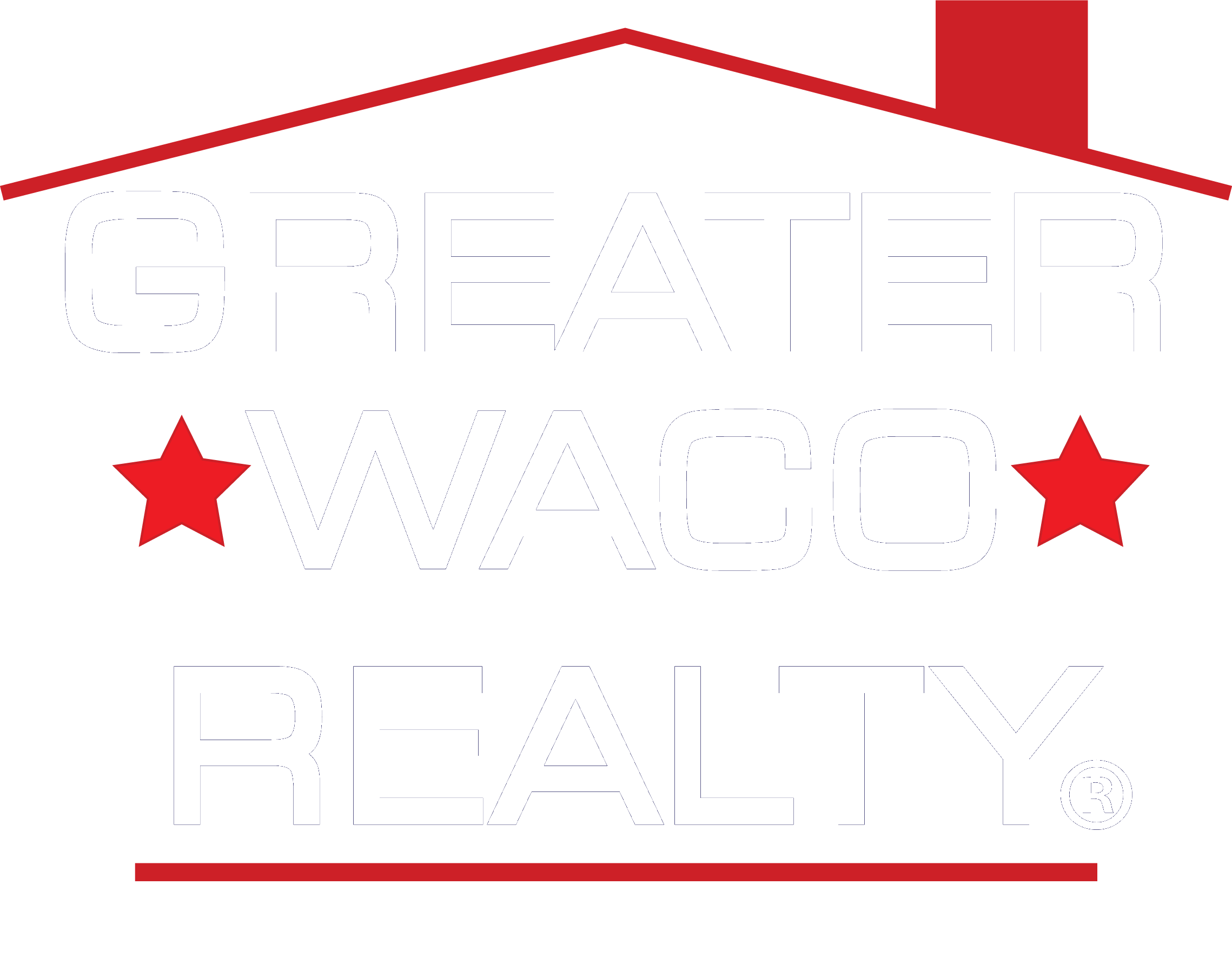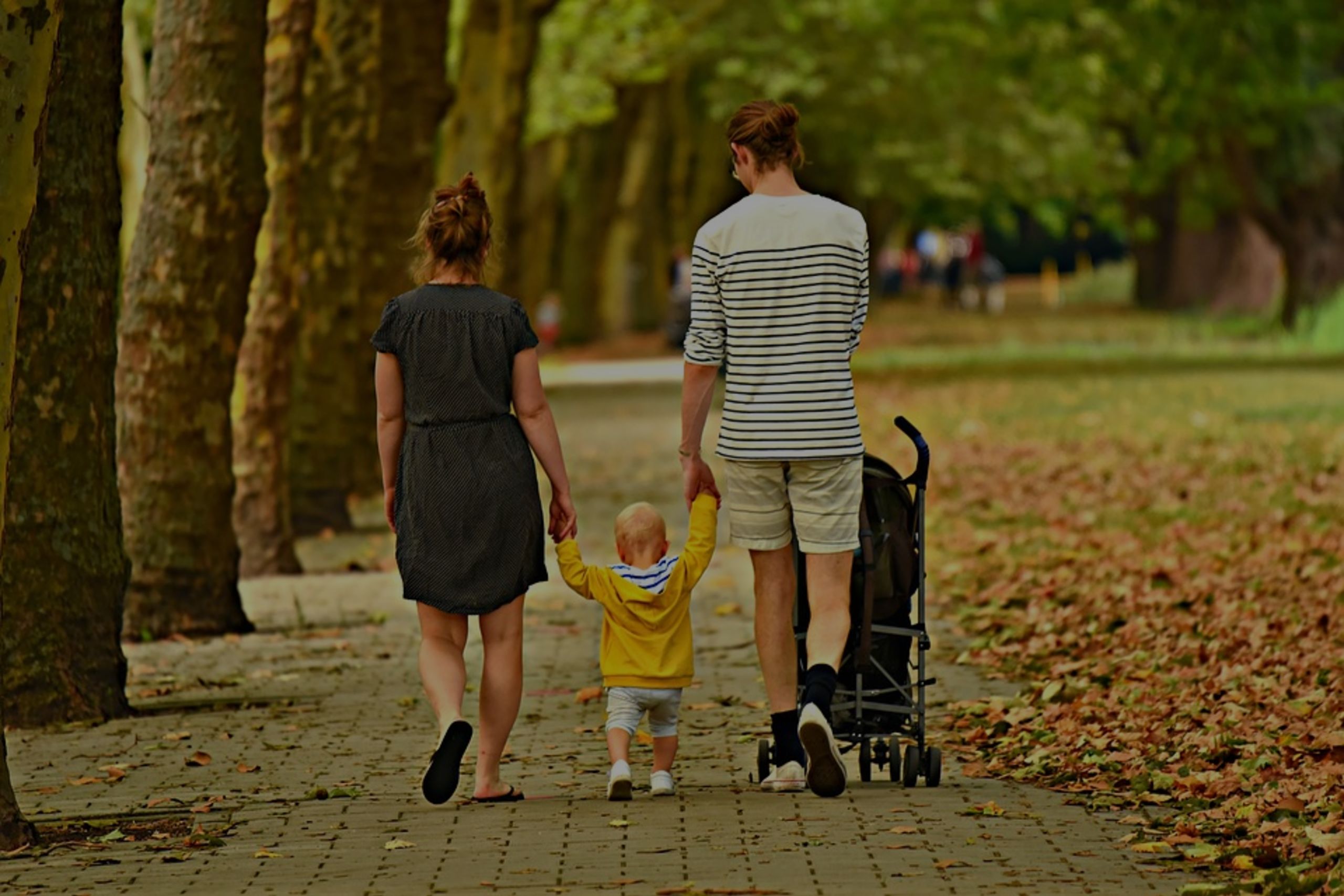 Establishing yourself as a community and working together with your neighbors is one of the best ways to increase feelings of safety while actually reducing crime in your area. Here’s how to get started.
Establishing yourself as a community and working together with your neighbors is one of the best ways to increase feelings of safety while actually reducing crime in your area. Here’s how to get started.
1. Form a Facebook group or get active on Next-door
Form a community safety Facebook group and use Next-door to assess which neighbors might want to help with safety efforts.
2. Create clean-up groups
Sometimes all it takes to make an area safer for everyone is a little coordination and elbow-grease.
3. Meet your neighbors and talk to them
Learn who your neighbors are, the cars they drive, and any regular visitors or special guests.
4. Secure your own space
Ultimately, the responsibility to secure your property lies with you — so fix any vulnerabilities.
5.Host regular community meetings
Meetings and touch-base sessions can be the glue that holds a community group together.
6. Host a self-defense course
A free, local self-defense course with a qualified instructor can give everybody who’s interested a little bit of training.
7. Share tips for safer landscaping
Landscaping can be a fire or safety hazard, or even present an opportunity for vermin infestation.
8. Coordinate community events to reclaim spaces
If there are any public areas that have fallen into disuse or disrepair, those would be a good project to tackle.
9. Document your strategy and analyze your results
If you can be methodical, public funds might become available and other people might become inspired to join in.
10. Teach social media safety
Don’t post updates or photos on social media that are a safety risk (for example, vacation plans).
11. Offer neighborhood tours for kids
Host a kid-friendly tour so kids can locate the schools, playgrounds, parks, police and fire stations — and where to skateboard.
12. Set boundaries for where your children may go
Make your kids are very aware of their own boundaries — undeveloped properties, vacant lots, and so on.
Making the neighborhood safer isn’t just one person’s job — it’s everybody’s.


